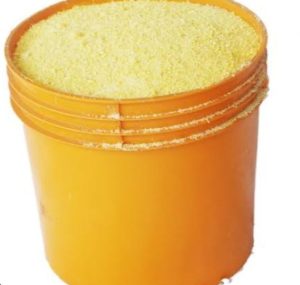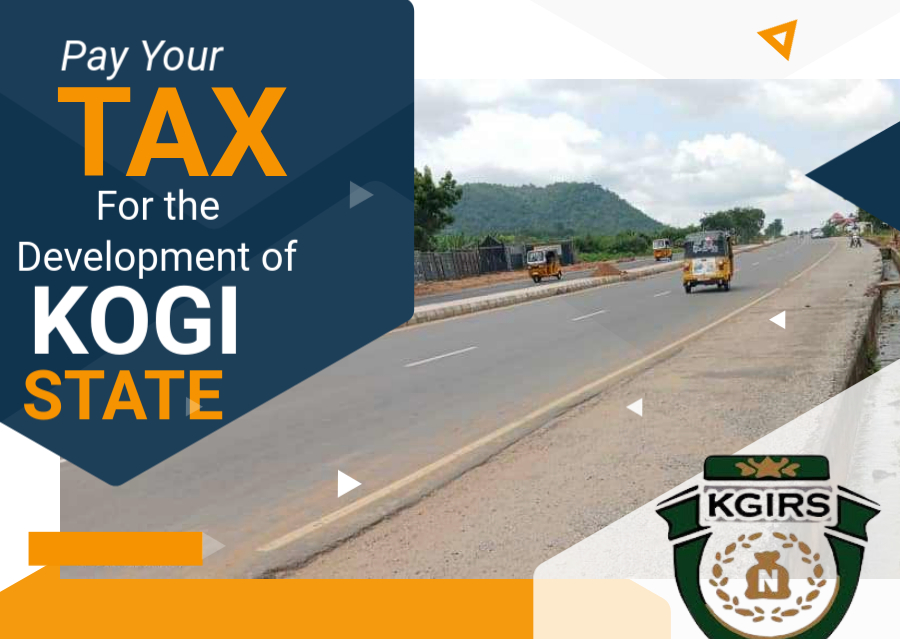

By Dada Ahmed, Lokoja.

(C) Google.
For months, the story in Lokoja’s bustling markets was one of despair: food prices rising beyond the reach of average households, forcing families to cut meals and tighten belts. But in recent weeks, a surprising reversal has brought relief, the prices of garri, rice, and other staples have dropped to appreciable degree,offering a much-needed reprieve to struggling residents.
A market survey conducted by The Reporters on Saturday at both the Old Market and the International Market, Lokoja, revealed a dramatic decline in staple food costs. A yellow size measure of garri, which sold between ₦2,500 and ₦3,000 towards the end of 2024 and into mid-2025, now goes for ₦1,000. Similarly, a yellow measure of local rice, previously ₦15,000, has dropped to ₦6,000–₦7,000, depending on quality and market.
Soup ingredients such as pepper, onions, and palm oil have also shown some level of eductions, a development traders and consumers attributed partly to the naira’s appreciation against the dollar in recent weeks.
The mood in Lokoja’s markets is markedly different from the tense atmosphere of recent months.
“For months, we couldn’t afford garri in my house. Now, with ₦1,000, I can buy enough for my family “If this continues, we will at least eat without fear,”Mrs. Sarah Ahmadu ,a mother of five told our correspondent in an interview at the Old Market.
“Last year, buyers would walk away because the prices were too high. This week, sales have picked up. People are returning to the market,” explained Hajia Rabi Abdullahi, a rice and grain seller.
Our investigation also shows that beyond currency appreciation, increased farming activity has been another major factor. Civil servants, retirees, and unemployed youths,many who said they were driven into subsistence farming by hunger, have contributed significantly to the higher supply of cassava, rice, and grains.
“I left office after retirement with no income except my pension. The hardship forced me to clear my small farmland again. This year’s harvest of cassava helped me feed my family and even sell some cassava in the market,” Mr. Mahmud Musa, a retired civil servant said.
Meanwhile, food hoarders who speculated on rising prices have suffered losses as observed by a member of such group.
“Some of us who bought and stored rice when the price was high are regretting now. “We thought prices would keep rising, but farmers brought in more than expected this year,” a grain dealer, the member ,would not want his name mentioned confessed.
It must be noted that the sudden price relief comes against the backdrop of years of relentless food inflation in Nigeria.
However,while residents welcome the current relief, analysts warn that the trend may not endure without government support for improv agriculture, rural infrastructure, and security in farming zones.
“If government does not support farmers with fertilizer, seedlings, and security, this joy may be short-lived,” warned Ibrahim Adamu, a farmer in Lokoja.
Economists also stress the importance of currency stability and regulating middlemen who manipulate supply chains.
For now, the markets of Lokoja echo with optimism. Families are buying, sellers are smiling, and the place enjoys a rare moment of food affordability. Residents believe that whether this seemingly cheering news marks the beginning of a sustainable shift ,or just a temporary respite,remains the bigger question regarding prices of food items in Kogi state.
They cited the high cost of petrol with its multiplier effect on transformation of goods and services as well as social and economic activities in the state.
Ahmed publishes The Reporters.

